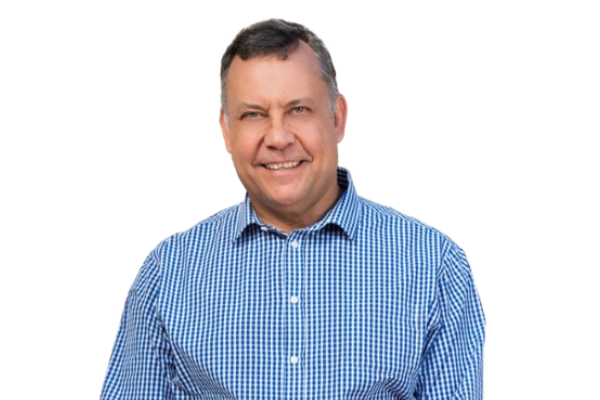Kuvimba Mining House (KMH), the country’s biggest mining asset holder, is actively seeking investment to advance its mining portfolios, KMH Acting Group CEO Trevor Barnard has said.
Barnard highlighted that KMH’s primary focus is on operationalizing its existing projects, rather than acquiring new ones or selling current assets.
“Currently, our main focus is on bringing our existing project portfolio into operation. We are not considering any further acquisitions in the immediate future; instead, we are prioritizing putting our current projects into operation as quickly as possible,” Barnard said.
This strategic focus is a clear indication of KMH’s commitment to maximizing the potential of its existing resources.
Barnard was explicit about KMH’s stance on asset management:
“We are certainly not looking to sell our assets. We aim to develop these assets in partnership with potential investors. This is our strategy moving forward.”
By choosing not to sell its assets, KMH is retaining control over its valuable resources, ensuring that the benefits of development are kept within the company.
This approach of focusing on developing existing projects rather than acquiring new ones is a strategic move that aligns with sound business practices. Acquiring too many assets can often lead to several disadvantages, which KMH is keen to avoid. One significant disadvantage is the dilution of focus. When a company spreads its resources too thinly across too many projects, it can lead to inefficiencies and a lack of deep, concentrated expertise on any single project. This can ultimately slow down the progress and success of each initiative.
Moreover, acquiring new assets often requires significant capital outlay, which can strain a company’s finances and reduce its ability to invest in the development of existing projects. High acquisition costs can lead to increased debt levels and financial risk, potentially jeopardizing the company’s stability.
Additionally, the integration of new assets can pose substantial operational challenges, including cultural clashes, differing management practices, and logistical complexities.
By avoiding these pitfalls, KMH is positioning itself to leverage its current assets effectively. This approach also allows KMH to build strong, strategic partnerships with investors who are interested in contributing to the development of these assets.
Barnard noted, “We will retain ownership of the resources, and the shareholding will be negotiated based on the level of investment. We are not considering selling any of our assets.”
Another significant advantage for KMH is its incorporation into the Mutapa Investment Fund, Zimbabwe’s sovereign wealth fund.
This relationship provides KMH with substantial support and cooperation from various government ministries and agencies, which is crucial for the successful implementation of its projects.
“From their perspective, we have significant support since the Mutapa Investment Fund is Zimbabwe’s sovereign wealth fund. This relationship provides us with considerable backing and cooperation from various ministries and government agencies to help implement our projects and operations,” Barnard highlighted.
.png)




